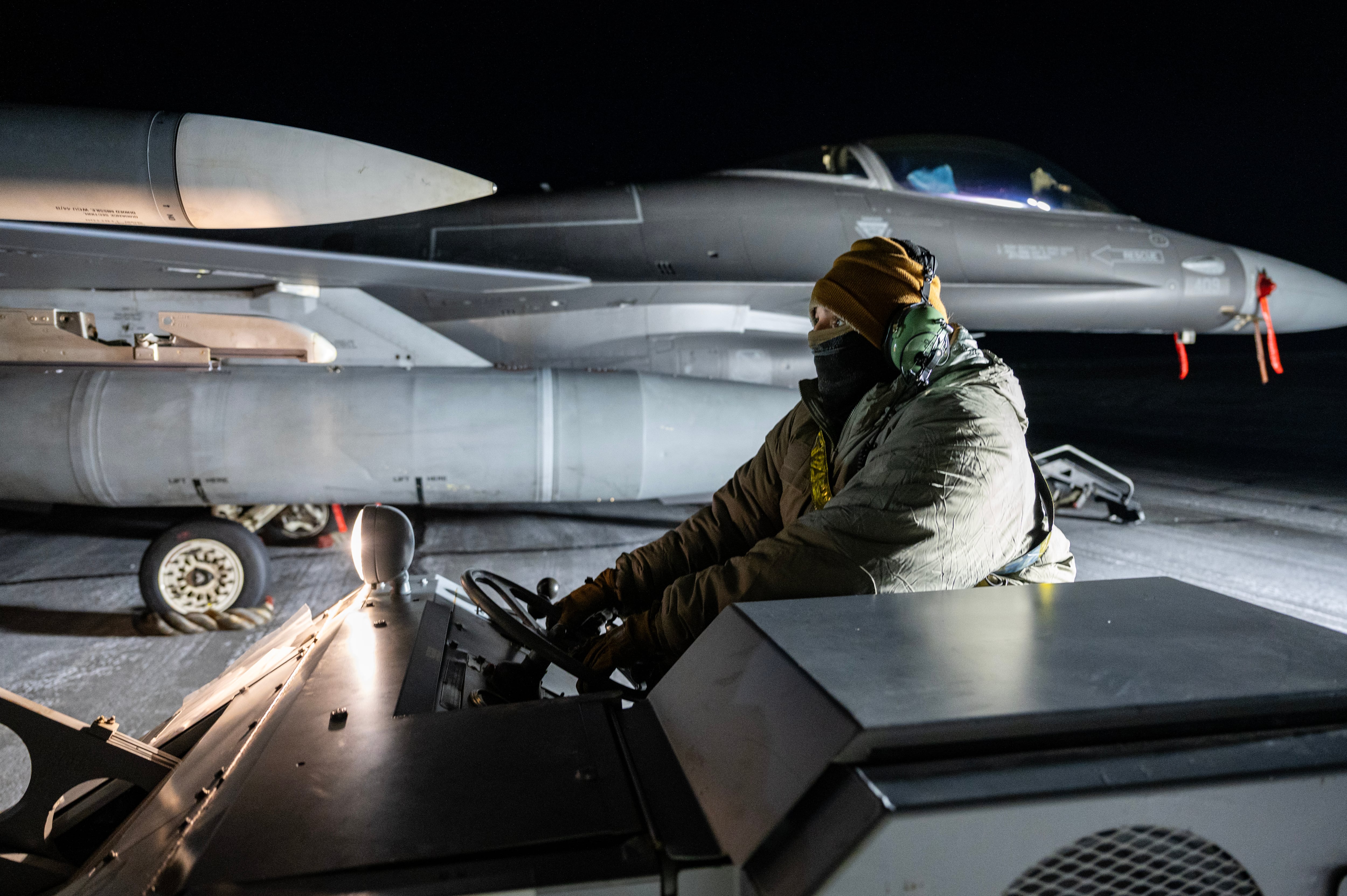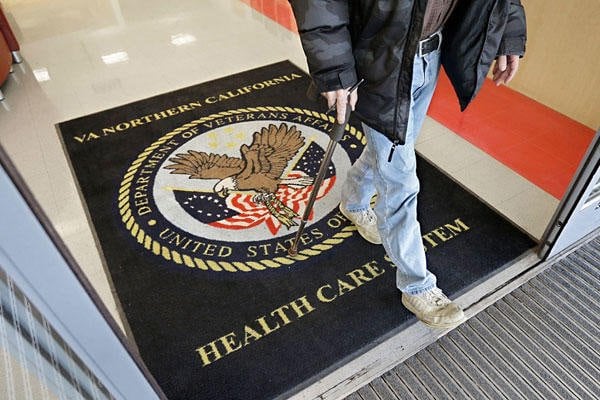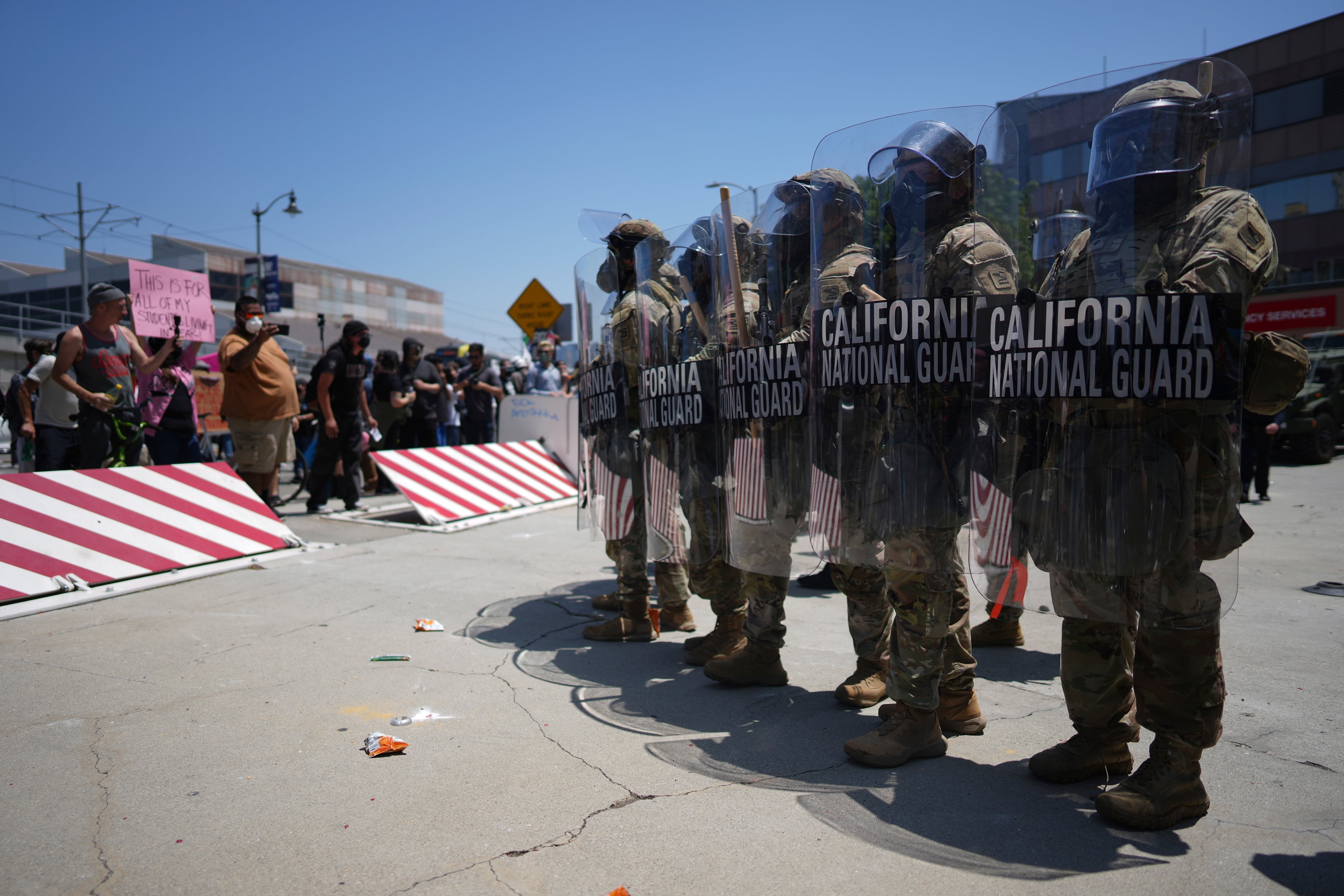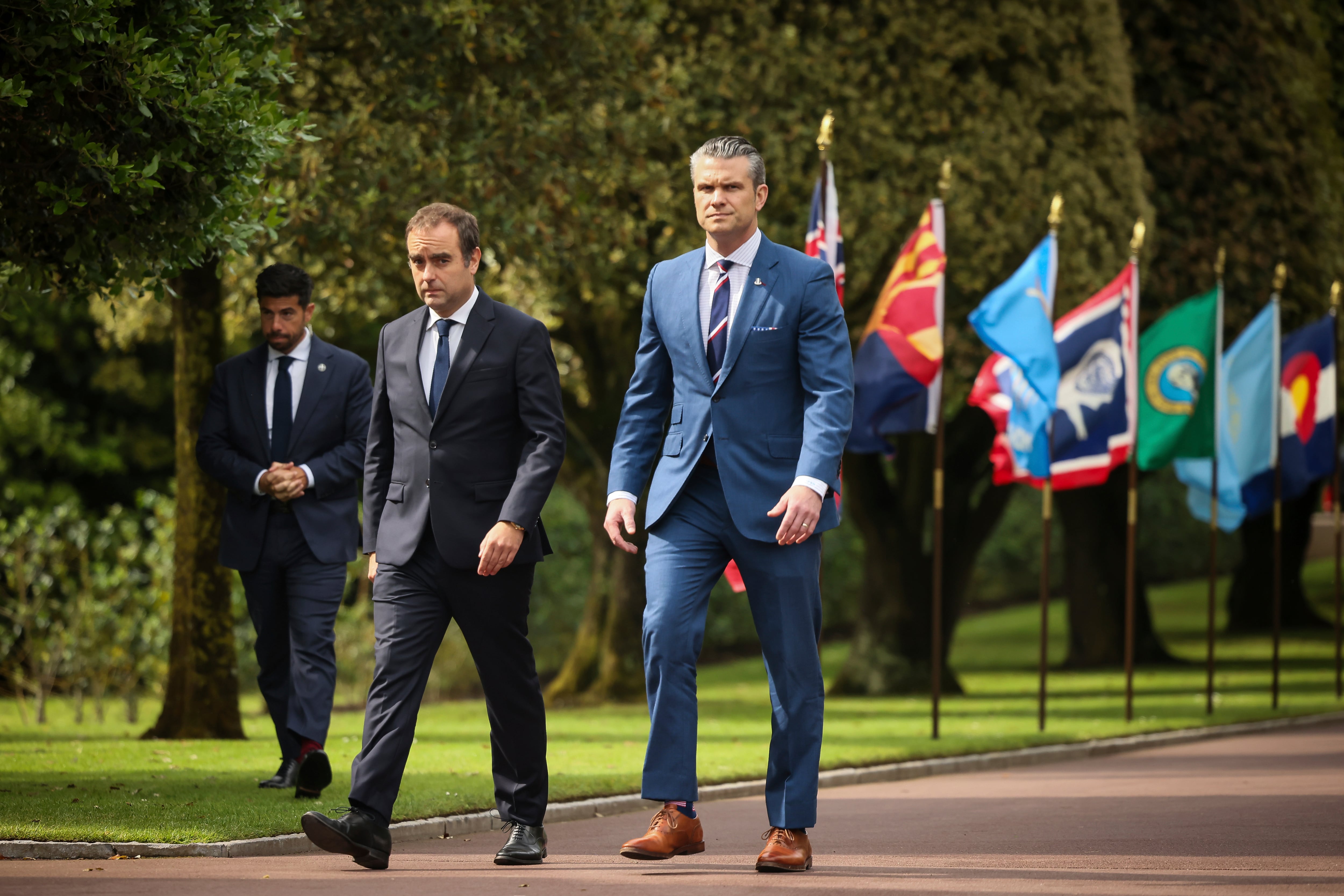Windshield wiper fluid to recharge batteries, drone casualty evacuation and an electric “tactical cart” are a few new and ongoing efforts receiving attention at the Army’s Maneuver Battle Lab.
The laboratory, based at Fort Benning, Georgia, runs combined arms and cross-domain maneuver experiments among its three branches. The organization’s soldiers, mostly from combat arms, evaluate innovative technology before the Army decides what to field.
Deputy Director Chris Willis and two of his staff members, Mark Winstead with Expeditionary Warrior Experiment and unmanned systems lead Keith Singleton, spoke with Army Times about the lab’s work.
During the Expeditionary Warrior Experiment in March, battle lab experts looked at systems that could deliver eight mortar rounds on target in 90 seconds; a soldier-worn power generator that can run off windshield wiper fluid; and a flying drone able to carry a 70-pound mannequin across about 2.5 miles in less than four minutes, among dozens of other tech offerings.
Winstead emphasized that casualty evacuation is an ongoing effort, and the experiments improve each year. These projects also don’t linger in a holding pattern. A unit will take on additional testing once the lab identifies technology that will meet the Army’s needs.
In the case of the drone cargo carry, for example, the 18th Airborne Corps has adopted the effort. A not-yet-identified Army Forces Command unit may take that drone — or one like it — to a combat training center rotation to experiment with it in the field, officials said.
Additionally, the lab’s staff members are seeing battlefield theories evaluated in real time in the ongoing war between Ukraine and Russia.
“Two things really stick out that really reinforce what we have learned through experimentation,” Willis said. “One is the proliferation of [unmanned aerial systems], small UAS, and the ability of friendly or enemy [forces] to bring fires from the Ukrainians onto the Russians, and vice versa.”
Russia has had a drone capability for years. But “the Ukrainians have really shown how you can take a small, cheap, commercial off-the-shelf technology and really be devastating with that capability,” Willis added.
The lab has also spent years working on a U.S. Army program — the Squad Multipurpose Equipment Transport — to reduce or remove much of the load on soldiers. That robotic mule is designed to carry soldier rucks, batteries, water and ammunition, guided either autonomously or by an offboard driver.
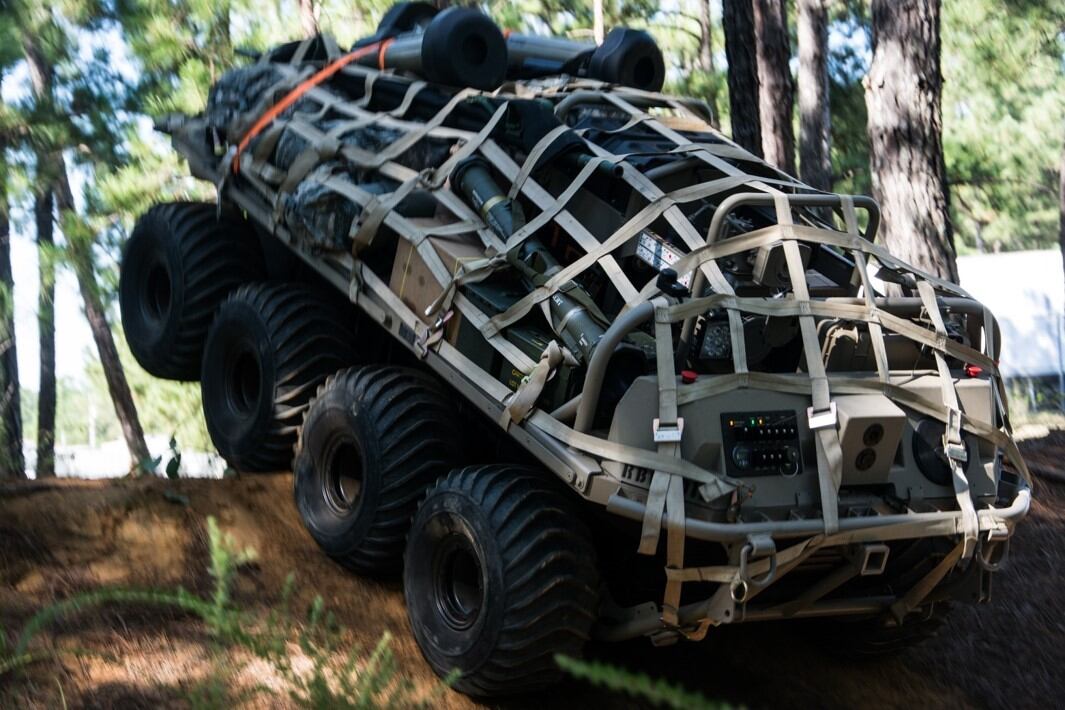
Soldiers with the 101st Airborne Division and 10th Mountain Division tested the vehicle, as have Marine units. But tabletop exercises earlier this year looked at how artificial intelligence could benefit the program and small unit tactical resupply, Singleton said.
Another load-lightening piece of gear featured in recent experiments is the Silent Tactical Energy Enhanced Dismount, or STEED. It’s essentially an electric military cart that can carry gear and casualties or perform other tasks that would normally require multiple soldiers.
STEED can travel 15-30 miles on a single battery pack and carry up to 500 pounds, according to manufacturer Hendrick Motorsports.
Singleton said the lab first saw STEED in its 2019 round of experiments. The system is now undergoing a limited-user assessment by undisclosed units for possible fielding.
Todd South has written about crime, courts, government and the military for multiple publications since 2004 and was named a 2014 Pulitzer finalist for a co-written project on witness intimidation. Todd is a Marine veteran of the Iraq War.



